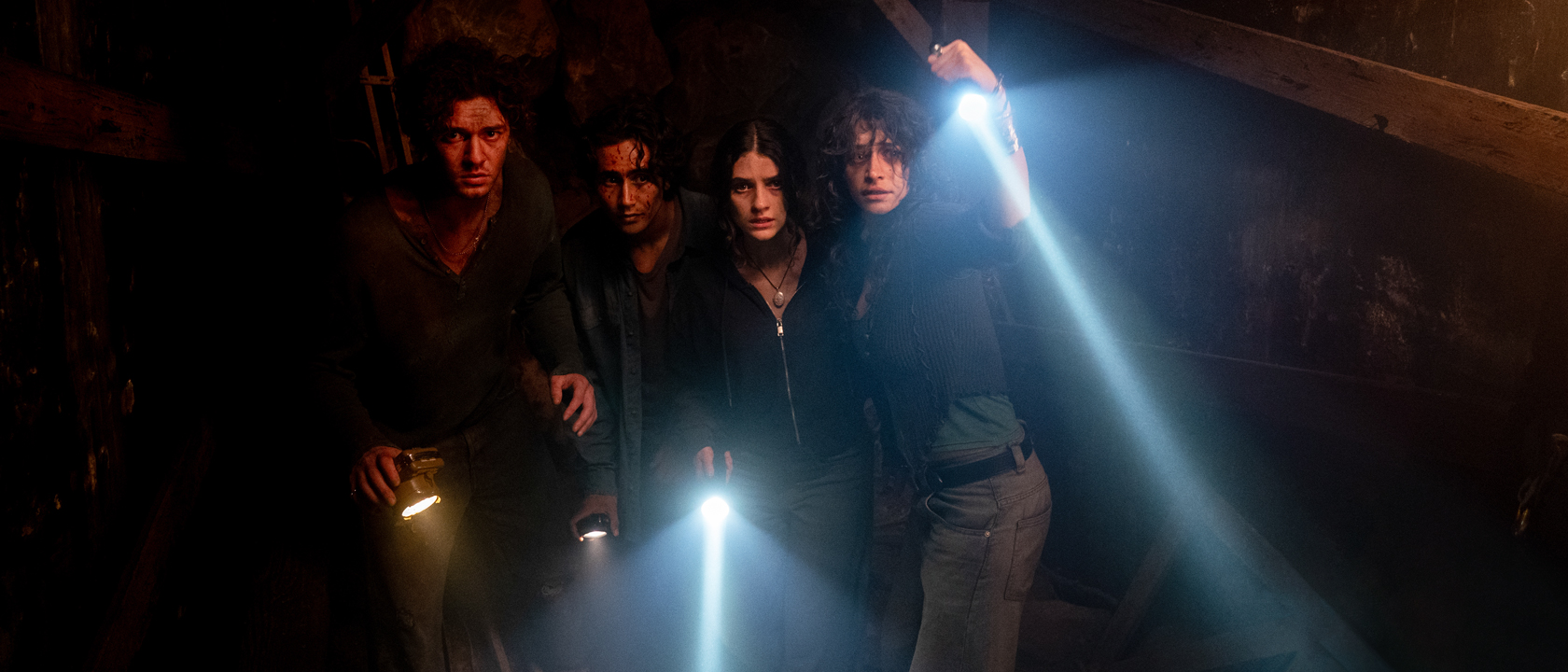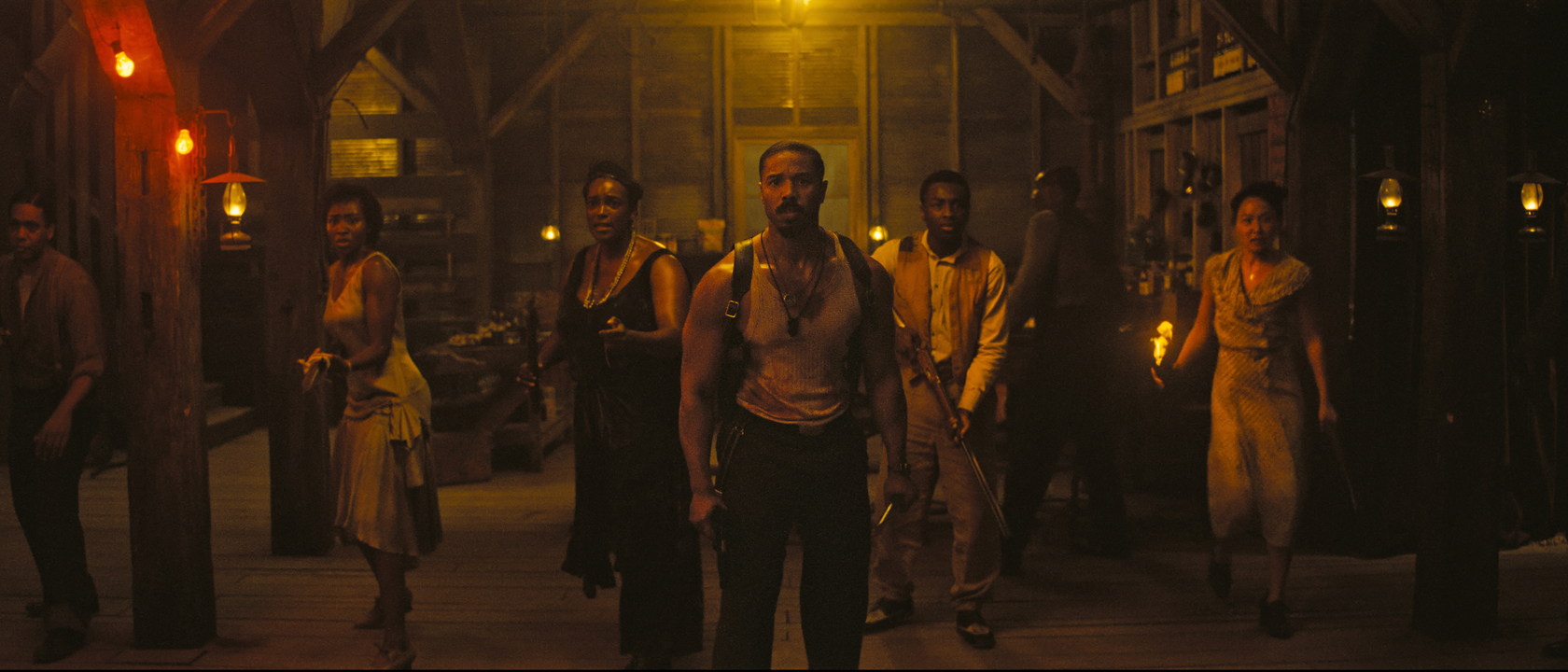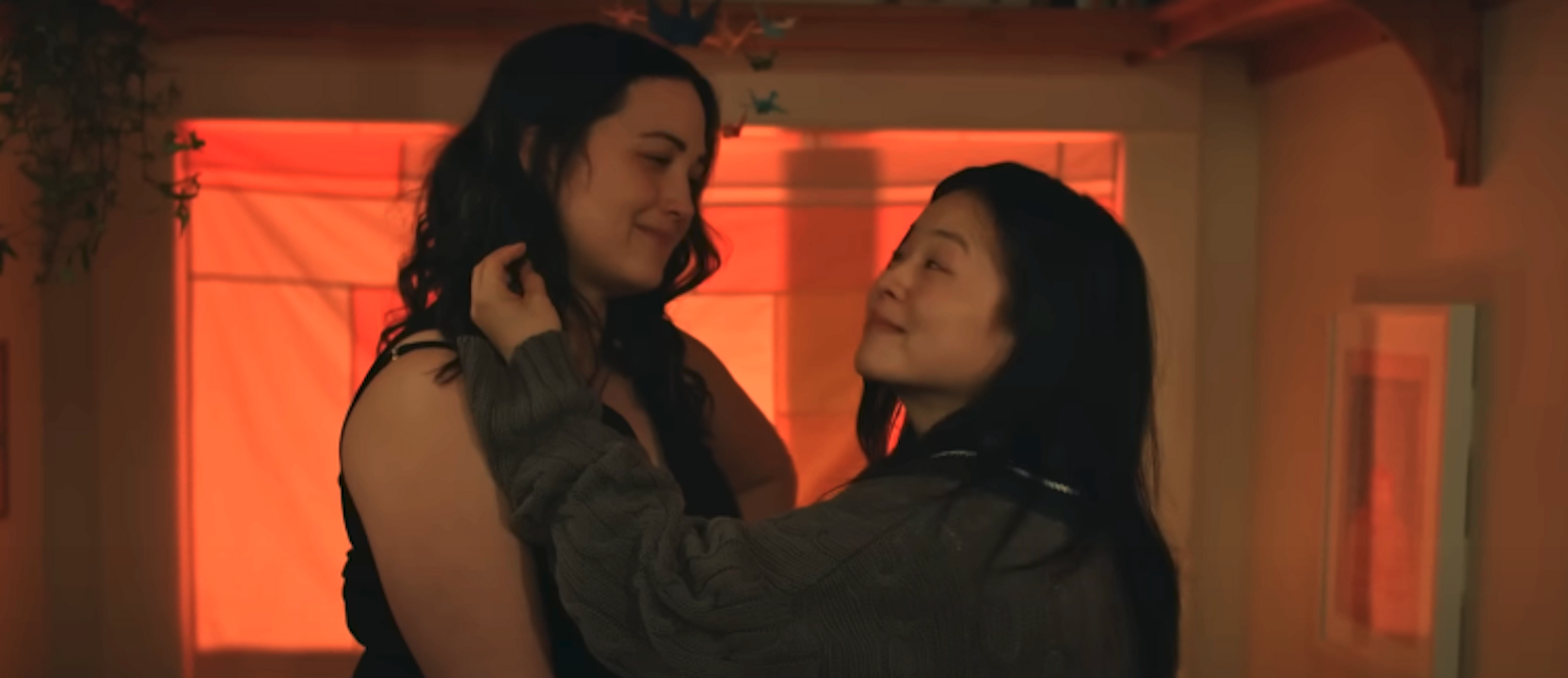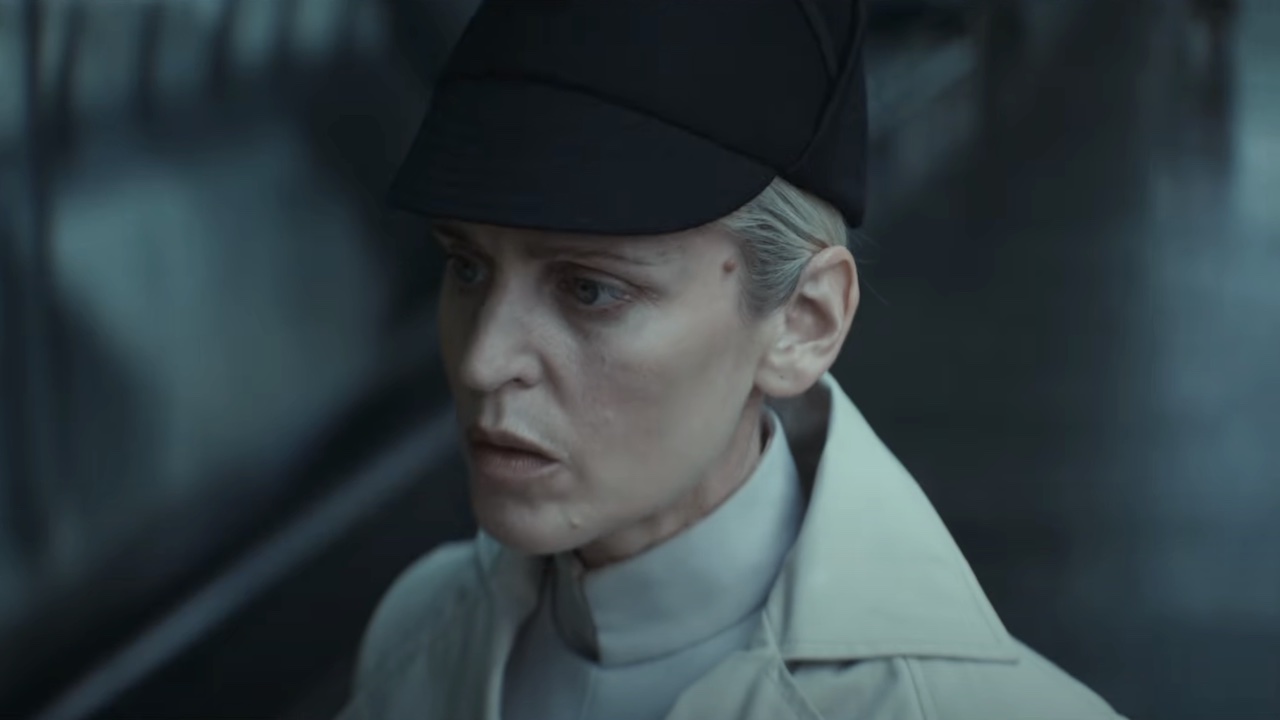Take a bunch of fledgling filmmakers with no cash but a fair degree of talent. Now mix in a few very smart funny bits, too much tired comedy copied from trendy films, and three heaping tablespoons of unimaginable horror from beyond time. If something sounds a bit uneven there to you, well...you can see where this is going. If you’re not a huge fan of the writings of H. P. Lovecraft, just bear with me for a few minutes, okay? There’s a lot of back-story to plow through before we get to the plot. [And if you are a Lovecraft fan, you might check out Peter's mash-up of old H.P. and Daniel Defoe in The Eerie Adventures of the Lycanthrope Robinson Crusoe - Ed.]
A council of learned men discovers that a cult worshipping Cthulhu, greatest of the Elder Gods, has discovered an ancient relic in Egypt. If joined with its sister icon, currently in the possession of the council, the twin relics become a key that unlocks the tomb of Cthulhu on the lost island of R’lyeh and will awaken the monstrous creature now that the stars are finally right. The council entrusts their relic to the last known descendant of Lovecraft -- one of their founding members -- a descendant who’s (hopefully) inherited the writer’s resistance to the Elder Gods' aura of insanity.
The catch, of course, is that said descendant is Jeff Phillips (Kyle Davis), a terminally unenthused, socially inept cubicle drone. Jeff doesn’t believe in his suddenly discovered destiny, even though it thrills his comic-book-geek best friend, Charlie (Devin McGinn, also pulling triple duty as screenwriter and producer). When their guide from the council (Edmund Lupinski) is killed by the monstrous Star Spawn (Ethan Wilde) before fully explaining Jeff’s duties, the two friends are forced to get advice from an even nerdier source -- an overweight shut-in they knew in grade school (Barak Hardley) who happens to be a major Lovecraft fanboy. The unlikely trio sets out to save the world, with the cult of Cthulhu following close behind
Despite being shot for far less than a million dollars, I’m happy to say The Last Lovecraft doesn’t suffer from the same problems as so many dirt-cheap films that take on big topics. The monsters look fantastic, and the special effects, all things considered, are pretty great. Without spoiling anything, the closing sequence is on par with films that get major theatrical releases and honestly gave me my own little moment of fanboy glee.
No, it isn’t anything practical or visual keeping this from being a great film. It really comes down to the storytelling. McGinn and director Henry Saine are trying to stay loyal to their dark and unnatural source material while also trying to make a comedy. This isn’t necessarily a bad thing. Shaun of the Dead showed us all that you can make a wonderfully faithful and scary zombie movie that’s loaded with laughs. The filmmakers here, though, are starting with the comedy and trying to add in the apocalyptic nightmare as an afterthought. It’s a tough balance to begin with, and they’ve picked some of the heaviest material possible for one side of the scales.
Worse yet, they’re not even going for smart comedy alongside their smart horror. Oh, they hit a few gems (including one brilliant moment with a half-breed Deep One who’s all octopus suckers), but too much of this movie is ad-libbed, Hangover-style, man-child humor. In fact, Hardley’s character, Paul, is just a horror-nerd retread of Zach Galifianakis’s Alan from said film. There’s nothing wrong with this in general, but that slow-paced, dialogue-heavy comedy is at odds with the idea that these guys are on the run from a horde of murderous cultists and monsters while on a mission to save the world. The plot grinds to a halt for a pathetic nerd-battle, an encounter with an all-too-friendly hotel clerk, an awkward male bonding moment, and a prolonged attempt to care for a pet Deep One in a motor home. These moments get laughs, but they feel forced and awkward in the context of the story. Helpful hint for all would-be screenwriters -- when your characters are yelling things along the line of “This is a waste of time,” that should be telling you something. After all, they’re supposed to be mirroring the audience.
There isn’t anything openly bad in The Last Lovecraft, and really that’s the most frustrating part. If it was all mediocre it wouldn’t be such a big deal. Instead, the filmmakers show us a spectacular sports car, make it clear they know how to drive it, and then give us a film where that dream car sits in stop-and-go traffic for 80 minutes. There’s a fair amount of extra material here, but nothing spectacular. The first thing you’ll notice is a pile of previews for other Dark Sky films, some of which look fairly cool and one of which makes SyFy movies seem exceptionally clever and high-budget. There’s also one extended scene -- a whole sequence, really -- from the start of the film that gives a bit more background on the council and also a very different introduction to the Star Spawn monster. Considering how short the final film runs, it does make you wonder why this material was cut. Most of it is pretty solid, and it wouldn’t change the pacing or tone by any real amount.
The two best features are a pencil test and the feature commentary. The pencil test is narrated by Saine and shows the development of another one of the film’s great moments -- Charlie’s attempt to explain the Cthulhu Mythos to Jeff through animated comic book panels. The feature narration with Saine, McGinn, and Davis is interesting as they open up about some of the challenges of filming with such a low budget, including dealing with mostly volunteer actors, unreplacable monster costumes, cheap locations, and wearing multiple hats for the film shoot (such as craft service and nighttime set security).
Again, there’s nothing openly bad in The Last Lovecraft. There’s no denying it’s a very flawed and uneven film, yeah, but if you can get past all those flaws, there’s some really good stuff here. If you can’t look past them...well, maybe these guys will nail it with the sequel.
Charli XCX Is Not Going To Be In Greta Gerwig's Narnia Movie After All, But I'm Psyched That We're Still Getting A Barbie Reunion Thanks To New Casting
‘I'm A Little Bit Sensitive About It’: Tony Gilroy Explains Why There Aren’t More Alien Creatures In Andor
That Time Katy Perry Seemingly Addressed Her Space Backlash In The Middle Of Her Show











